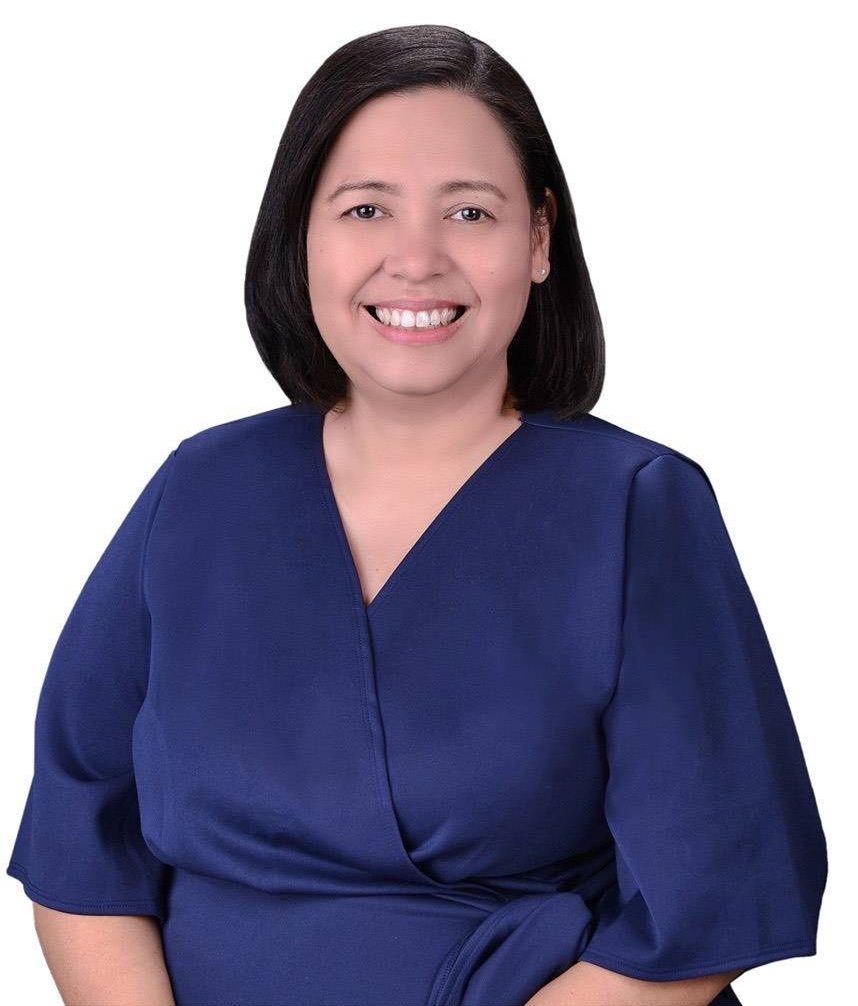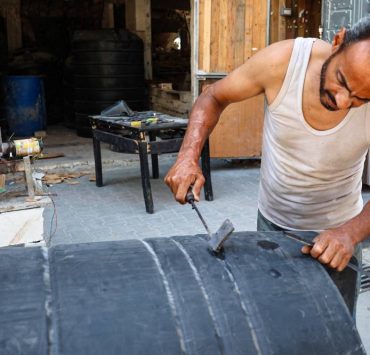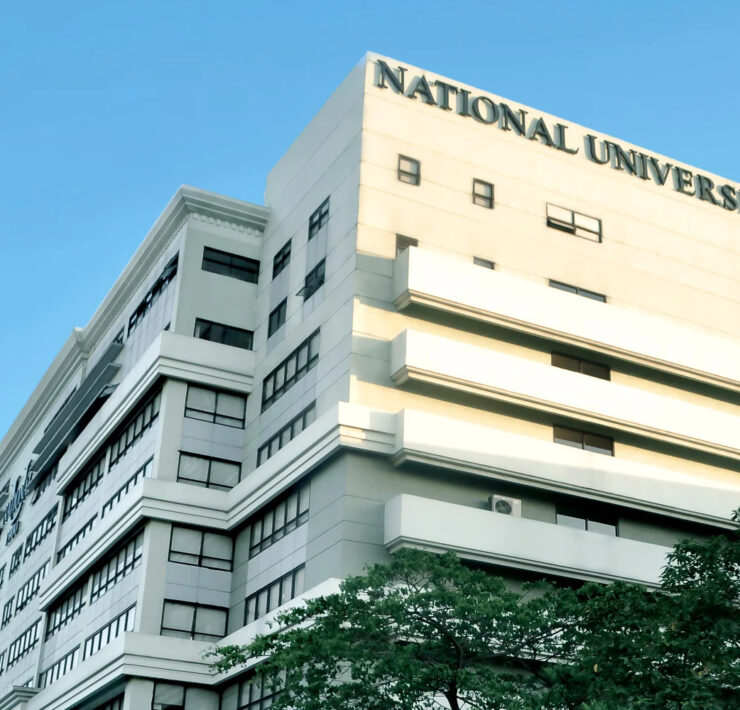FEU positioning to become research powerhouse

Twenty years ago, a local university tucked within the busy streets of Metro Manila’s capital city produced “almost no research.”
But now, faculty and students at Montinola family-led Far Eastern University (FEU) have taken great strides to lead the institution toward becoming a research powerhouse in the country.
Maria Teresa Tinio, FEU senior vice president for academic affairs, tells the Inquirer that they have created various training programs that have so far helped improve research quality and produced partnerships with foreign institutions.

”This is what the faculty are doing on their own … and we’ve made strides in the kind of research that we’ve done,” Tinio shares in a recent interview.
At the Institute of Health Sciences and Nursing (IHSN) alone, for example, the medical technology department produces around 80 research papers a year, and these are on top of those conducted by faculty.
One of the pioneering studies of the FEU faculty that is gaining momentum is the country’s first research on stillbirth and neonatal deaths. It is expected to help better understand bereaved parents and provide adequate support services, according to IHSN dean John Anthony Yason.
The “Cocoon” (Continuing care in COVID-19 outbreak: A global survey of new expectant and bereaved parent experiences) research project will be conducted in collaboration with Australia-based University of Queensland, and will span several countries, FEU has announced.
“Cases of stillbirth in the Philippines are still very high, so we need to study its effects on mothers,” Yason says.
“[The study] is multidisciplinary because it involves psychology, nursing. It involves a lot of countries,” he adds.
For projects as big as Cocoon, FEU provides funding through its University Research Assistance Grant (Urag) program, says Marko Antonio Da Silva, director of the school’s Center for Learning Enrichment and Research for Students (CLEARS).

Da Silva explains that the Urag program gives research units to faculty members while providing funds that can be used for their study. It is through this university-wide program that the Cocoon project is assured of funding until 2026.
Peer-to-peer mentoring, int’l collaboration
Research, of course, may still be a difficult feat for other faculty members still trying to gain footing in a highly competitive academic environment.
To level the playing field, FEU also offers peer-to-peer research mentoring and “aid in writing” programs.
“We have senior faculty who are well-versed in research—senior research fellows or other faculty that are already well-published—mentor other faculty for their own research projects,” Da Silva explains.
These programs, among others, have steered the university to a path of collaboration with other educational institutions globally through conferences that recognize innovative research.
In April, FEU held its second FRAMEwork Asia-Pacific Communication Conference, where it hosted local and international universities to present their studies on various topics, including artificial intelligence, pop culture and gender.
By the end of the two-day conference, six studies by students and faculty were also recognized as the “best papers,” including one from Amity University Haryana in India.
Across the globe, FEU is set to launch another conference, this time in Croatia and in collaboration with the University of Zagreb.
Diego Jose Abad, dean of the Institute of Arts and Sciences, says the general theme of the overseas conference revolves around political science and international relations. At least two FEU faculty members are set to fly abroad to present their papers.
Abad says they are still refining their game plan for the global conference that is seen to draw hundreds of experts in various fields, helping boost further the cross border internationalization programs of FEU.
“Part of our way to encourage faculty when they do research is to start within the university … Then start conferences where we maximize our connections with other universities within the country or abroad,” Abad says.
For a 96-year-old university that recognizes the research leaps it had to take for two decades, its administration sees it vital to hone the skills of both their professors and students, as research is now seen as among the measures of employability in certain professions.
‘Relevant’ research
For their part, Tinio says they are trying to modernize a decades-old thesis writing format to help their students adapt to the changing demands outside the university walls.
”Research has to be more relevant, so we’re moving a lot. We’re always thinking of improving,” she shares.
The CLEARS department headed by Da Silva is also working to better prepare students for academic writing, something that could cushion them from potential “culture shock” when they pursue postgraduate studies.
“We’re trying to make it easier for students to transition to that format, and that’s why we want the thesis format to be more modern,” Da Silva says.





















